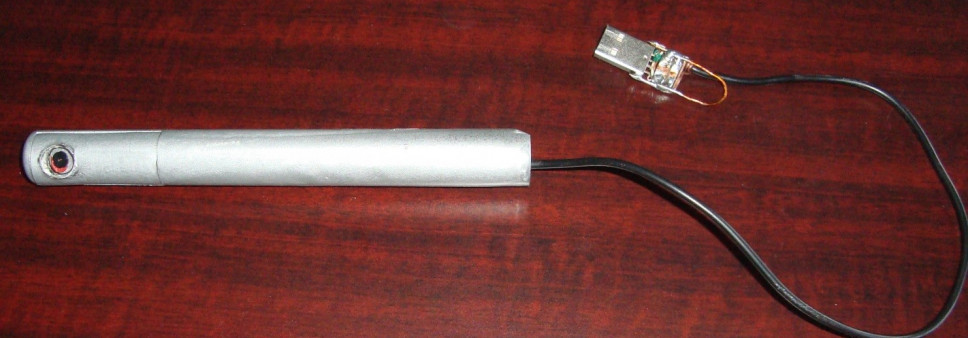“Near Infrared Irradiation Based Novel Medical Device for Visualization and Diagnostics of the prostate cancer at the Early Stage of its Development.”
Despite significant success in the diagnosis, deaths caused by the prostate cancer hold the second position in men after the deaths caused by the lung cancer in the worldwide. The reason for this is that it is very difficult to detect the cancer in the early stages, using the existing diagnostic methods. Based on this circumstance, we had a motivation to create a device that would enable the visualization of the prostate and thus could be made possible to distinguish healthy and cancerous tissues. To achieve this goal, experiments were conducted on isolated prostates, which were obtained through the surgical operations (called radical prostatectomy). In the experiments were used infrared rays, invisible for human eyes. These rays, in contrast to the visible light, penetrate the biological tissues, including prostate.
We have developed and fabricated a device for the visualization and diagnosis of the prostate cancer. The device consists of two parts; One of them is the source of infrared rays that will be placed in the middle of the prostate through the urethral channel and will illuminate with infrared rays.
The second main part represents a device for the detection of infrared light and it will be placed in the patient's rectum at the prostate surface. The illumination from the infrared source that passes through the prostate, enters in this device, connected to the computer.
The computer software developed by us, will transform the prostate infrared image into a visible one, end the cancer outgrowth will be observed on the computer monitor as the high optical density areas. The device allows us to visualize small cancer outgrowths (several millimeters). Thus, the tool enables to detect a prostate cancer in the early stages.
As mentioned above, so far, the device is used merely on the isolated prostates.
The scientific group continues to work, in order to utilize this device for the detection of prostate cancer in the living human conditions.










